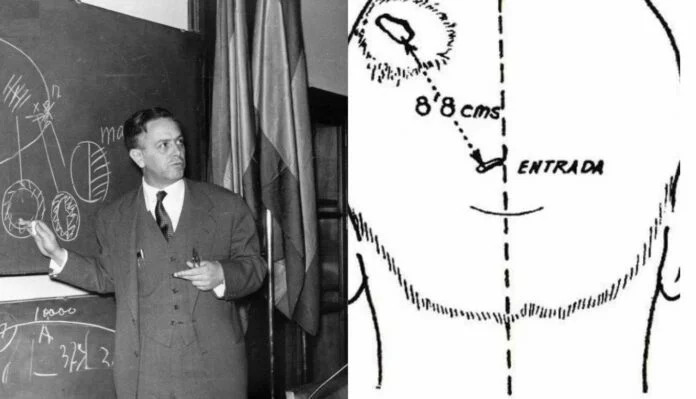In the strange case of 1938, a man famous by his pseudonym Patient M was shot in the head during the Spanish Civil War, when woke up seeing the world backward. A newly published study has rediscovered one of the strange cases of brain injury in history.
Patient M can see the objects to be coming from the opposite side to where they can actually be, something that extended to his hearing and sense of touch too.
Spanish Neuroscientist Justo Gonzalo studies the brain of this man for 50 years and found different analyses. The research has been published in Neurologia.
What Happened to the Patient M after He Was Shot in the Head?
The weird scenario happened to Patient M after being shot in the head. After being wake up he started to see the world backward. People and objects come from the opposite side of where they actually were. His sense of touch and hearing was too extended.
He could see the world upside down and as well as backward. He could also read the letters and text normally and back-to-front, but his brain was not able to see any difference between the two. The other symptoms of his include seeing objects in triplicate form, color blindness, and seeing color unstuck from their objects, he could also see the wristwatch from any angle.
What Neuroscientist Justo Gonzalo Finds in His Studies About the Patient M
Patient M was studied by the Spanish Neuroscientist Justo Gonzalo and his analysis changes the way we see the brain.
Previously Gonazlo in 1940 describe that brain was not a collection of different sections instead its various functions were distributed in the different sections. But for patient M developed his theory of brain dynamics breaking the dominant version of the brain theory.
Gonazlo studies Patient M and others with brain injuries, he proposed that the effect of brain damage depends on the size and position of the injury and it does not affect the brain function, but it affected the balance of brain functions.
Gonzalo identified three syndromes: central (disruptions across multiple senses), paracentral (like central, but with effects that aren’t evenly distributed), and marginal (affecting brain pathways for specific senses).
Now his daughter Isabela has working on this case with Garcia Molina on the new paper. She suggests that case provide us about brain function for hundreds of years and now these studies become standard for providing valuable evidence for today’s large clinical trials. Patient M died in the 1990s and his name is still do not disclose by the scientists.




